YOURHETCAT 2024
2nd Forum of Young Researchers on Heterogeneous Catalysis
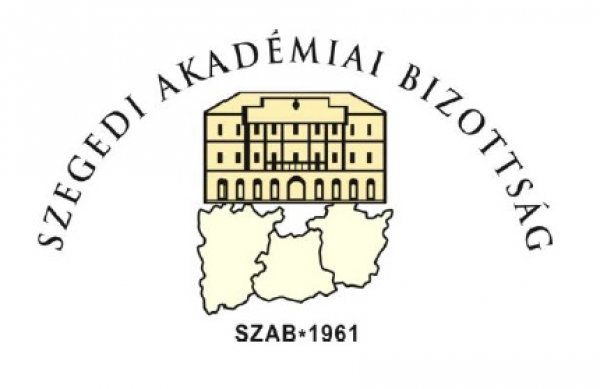
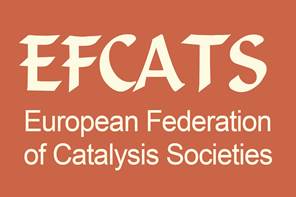
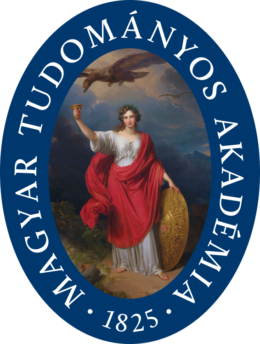
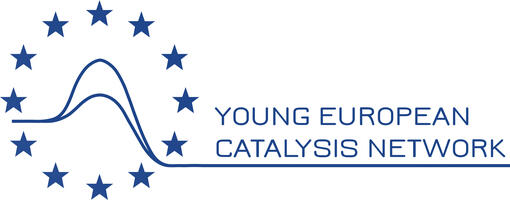

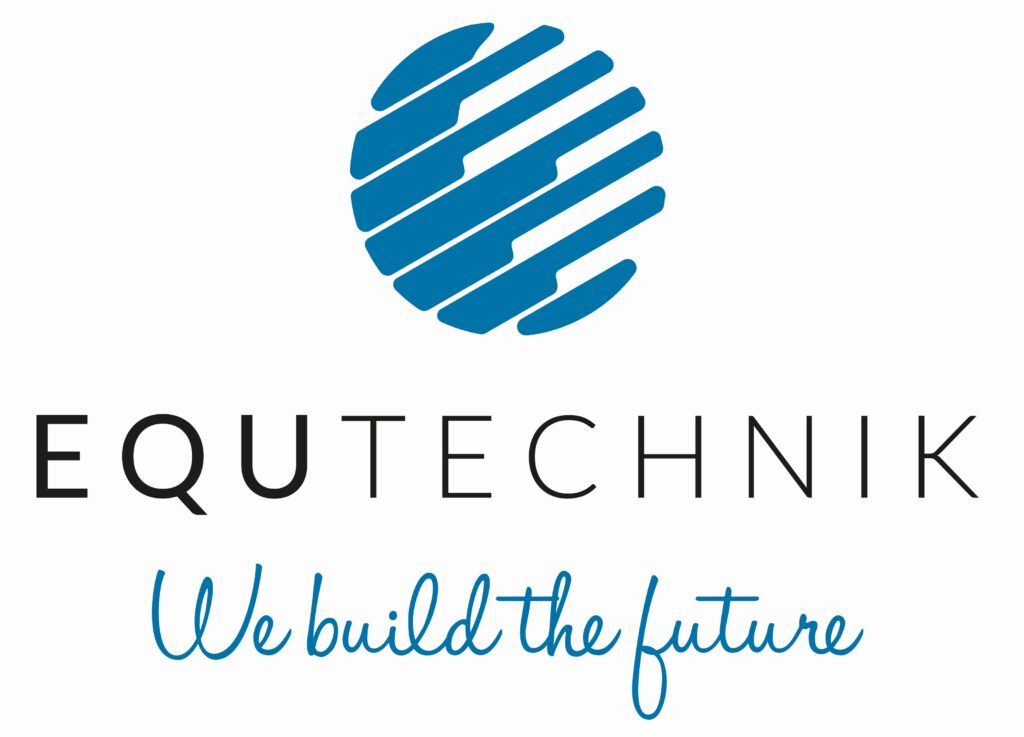

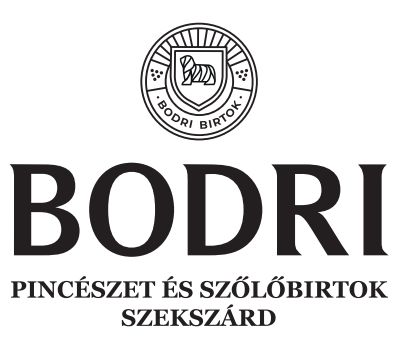
14 – 16th of November, 2024
SZAB Headquarters, 7 Somogyi street, H-6720, Szeged, Hungary
Program
| 14th of November, 2024 – 1st day | |
| 12:00 – 17:00 | Registration at the front desk |
| 12:30 – 13:30 | (Hungarian Catalysis Society and Hungarian Zeolite Association Meeting) |
| 13:30 – 14:00 | Opening |
| 14:00 – 14:40 | PL 1 – Jeroen van Bokhoven: Catalysts under Pressure |
| 14:40 – 15:20 | PL 2 – Emanuele Moioli: Catalysis and reaction engineering: A coupling across the scales to enable the energy transition |
| 15:20 – 15:50 | Coffee Break |
| 15:50 – 17:40 | Lectures of Young researchers |
| 15:50 – 16:00 | OL 1 – Palanivel Subha: Room temperature in situ hydrogenation of furfural over a nanocatalyst |
| 16:00 – 16:10 | OL 2 – Sara Najari: CO2 Hydrogenation to C5+ hydrocarbons using Na-Fe3O4/Fe5C2 |
| 16:10 – 16:20 | OL 3 – Jasmiina Palo: Utilizing aqueous-phase reforming to extract value from biorefinery residual waters |
| 16:20 – 16:30 | OL 4 – Ida Outila: From industrial CO2 emissions to light olefins |
| 16:30 – 16:40 | Intermission |
| 16:40 – 16:50 | OL 5 – Dinesh Chandola: The catalytic activity of waste-derived biochar towards trimethoprim degradation by Peroxymonosulfate activation |
| 16:50 – 17:00 | OL 6 – Magdi El Fergani: Catalytic valorization of Ulvan polysaccharide toward biochemicals in the presence of Nb@zeolite catalysts |
| 17:00 – 17:10 | OL 7 – Harshita Chawla: Visible light Photocatalytic CO2 Hydrogenation with Hierarchically Conjugated and Porous Polyacetylene Networks |
| 17:10 – 17:20 | OL 8 – Bence Veres: Persulfate ions assisted heterogeneous photocatalysis of zinc oxide to eliminate harmful organic compounds |
| 17:20 – 17:30 | OL 9 – Áron Klonka: Mechanism of Oxygen Electrocatalytic Reactions in External Magnetic Field |
| 17:30 – 17:40 | OL 10 – Ilgar Ayyubov: Titanium-molybdenum mixed oxide-carbon composites from mixtures of graphite oxide (GO) and graphene nanoplatelets (GNP) as novel supports of Pt electrocatalysts |
| 18:30 – 22:00 | Networking Eats&Wines – Pubquiz at the Hall of the Venue Center |
| 15th of November, 2024 – 2nd day | |
| 8:00 – 12:00 | Registration at the front desk |
| 9:00 – 10:00 | PL 3 – Brigitta Kocsis-M. – Presentation and Pitch – How to Be Convincing in a Short or Even Shorter Time! |
| 10:00 – 10:30 | Coffee Break |
| 10:30 – 11:40 | Pitch Presentations of Young Researchers |
| 10:30 – 10:40 | Pi 1 – Samuel Kolesár: Mechanochemical Strategies for Effective Impregnation of MFI Zeolite with Metal Nanoparticles |
| 10:40 – 10:50 | Pi 2 – Omvir Singh: Production of Aromatic Hydrocarbons from Long Chain Unsaturated Used Cooking Oil Over a Hierarchical Imidazole Supported Zeolite |
| 10:50 – 11:00 | Pi 3 – Adéla Olšovská: Anchoring Pd nanoparticles to zeolite surface silanols to develop heterogenous Tsuji-Trost allylation catalysts |
| 11:00 – 11:10 | Pi 4 – Bashir Shahid: Green and environmentally friendly approach towards MXene as a novel bifunctional electrocatalyst development for Hydrogen production |
| 11:10 – 11:20 | Pi 5 – Henrik Fülöp: Coordination Polymer-Derived Ag Catalysis: In-Situ Investigation of the Formation and Decomposition |
| 11:20 – 11:30 | Pi 6 – Cederick Cyril Amoo: Sustainable Heterogeneous Catalysis: A perspective from the nanoscale |
| 11:30 – 11:40 | Pi 7 – Palanivel Subha: Waste to value: The future dimension |
| 11:45 – 14:00 | Buffet Lunch & Poster Section at the Hall (Posters still available upto 19:00) & group photo |
| 14:00 – 16:00 | Visit of ELI-ALPS Laser Infrasturcture and Energy Innovation TestStation by Buses |
| 16:30 – 17:10 | PL 4 – Juha Lehtonen: Production of sustainable aviation and marine fuels by catalytic technologies |
| 17:10 – 17:30 | OL 11 – Pieter Brouwer: Improving the reliability of electro- catalysis studies with accurate flow and pressure control |
| 17:30 – 18:50 | Lectures of Young researchers |
| 17:30 – 17:40 | OL 12 – Mario Samperi: Critical aspects on the etherification of glycerol with ethanol using Amberlyst-15 |
| 17:40 – 17:50 | OL 13 – Niko Heikkinen: Catalyst preparation through atomic layer deposition: Diffusion–reaction modeling and comparison with experimental data |
| 17:50 – 18:00 | OL 14 – Giuseppe Bonura: Reactivity and stability of zeo-type materials during conversion of dimethyl ether into light olefins |
| 18:00 – 18:10 | OL 15 – Zuzana Silná: Zeolites as efficient catalysts for synthesis of cyclopentyl ethyl ether |
| 18:10 – 18:20 | OL 16 – Eva Vrbková: Prins reaction of limonene with formaldehyde catalyzed by Sn-BETA |
| 18:20 – 18:30 | OL 17 – Martin Zapletal: Kinetics of carvacryl ester synthesis using clay-based catalyst |
| 18:30 – 18:40 | OL 18 – Ahmed M. El-Khawaga: Magnetic nanoparticles as a promising photocatalyst and antibacterial agent |
| 18:40 – 18:50 | OL 19 – Amosi Makoye: Ethanol coupling reactions over noble metal (Pt, Pd) promoted MgO-Al2O3 mixed oxide-based catalysts |
| 19:00 – 22:00 | Szeged Walkthrough + Authentical Hungarian Dinner at the Roosvelt Square Fishermann’s Inn |
| 16th of November, 2024 – 3rd day | |
| 9:00 – 9:40 | PL 5 – Csaba Janáky: Electrochemical processes for energy conversion: catalysts, electrodes, cells, and systems |
| 9:40 – 11:00 | Lectures of Young researchers |
| 9:40 – 9:50 | OL 20 – Rageshnath Radhakrishnan: Boosting the Photocatalytic Performance of Swiftly Produced Carbon Nitride: Impact of Cyano Group and Oxygen Doping within the Matrix |
| 9:50 – 10:00 | OL 21 – Bashir Shahid: Green and environmentally friendly approach towards MXene as a novel bifunctional electrocatalyst development for Hydrogen production |
| 10:00 – 10:10 | OL 22 – Cederick Cyril Amoo: Sustainable Heterogeneous Catalysis: A perspective from the nanoscale |
| 10:10 – 10:20 | OL 23 – Adéla Olšovská: Anchoring Pd nanoparticles to zeolite surface silanols to develop heterogenous Tsuji-Trost allylation catalysts |
| 10:20 – 10:30 | OL 24 – Ahmad Ullah Safi: Design and Synthesis of Thymol-Acetohydrazone Derivaties as alpha-Glucosidase Inhibitors |
| 10:30 – 10:40 | OL 25 – Samuel Kolesár: Mechanochemical Strategies for Effective Impregnation of MFI Zeolite with Metal Nanoparticles |
| 10:40 – 10:50 | OL 26 – Miroslava Béresová: Homogeneous vs. heterogeneous transesterification: How refinement steps of different types of oil affect biodiesel production |
| 10:50 – 12:00 | Coffee & Buffet Lunch – (Committee Meeting) |
| 12:00 – 12:40 | Closing – Awards for Best Oral, Poster and Pitch Presenters |
For Poster presenters:
We are looking for posters in the maximum size of A1 (594 × 841 mm) in a portrait format. The poster session will be on the second day of the conference (Friday, 15th of November, 2024) at 12:00 – 14:00 (19:00). You will be able to put your poster at the hall of the venue center on Friday from 10:00 am.
For Oral presenters:
The oral presentations will be long as 7 minute talk + 3 min discussion – Please respect the Time.
For Pitch Presenters:
You have to prepare a really quick (max. 3 min) pitch presentation where you “sell” your knowledge, products to the jury. Here you have to focus on the novelty of your research, place in the market and industry. If you present something which is a part of a product or future technology then sell that small part and tell us why that is really important, novel and the only one in the market compared to other researches or products, know-how in the market. The jury will ask for 5-10 minutes about your pitch.
Plenary Speakers
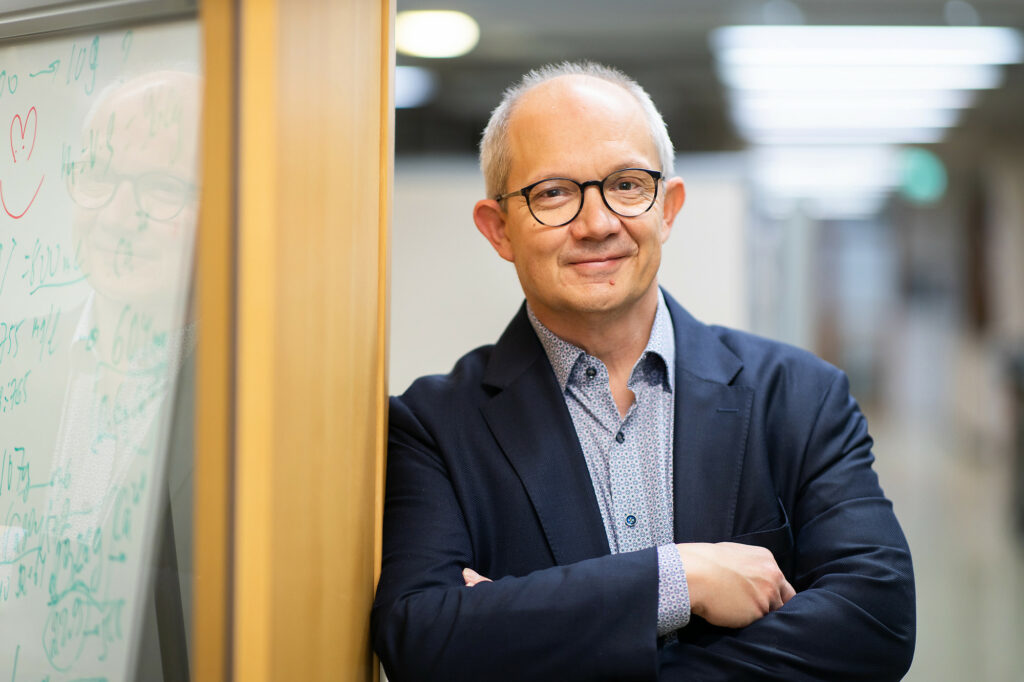
Juha Lehtonen: Production of sustainable aviation and marine fuels by catalytic technologies
Research Professor at VTT Bioruukki Pilot Centre in Espoo, Finland
Juha Lehtonen (D.Tech.) is a research professor of Sustainable Chemical and Catalytic Conversion Processes at VTT. He has a long career in industrial research organizations as a specialist of chemical reaction engineering, catalysis and development of biofuels, oil refinery and specialty chemicals processes. Before starting at VTT in 2016 he worked for four years as a professor of Industrial Chemistry at Aalto University (Espoo, Finland) concentrating on catalytic and thermochemical conversion of CO2 and biomass to value added chemicals and fuels and catalyst development for these processes. He is an author or co-author of 101 peer-reviewed scientific publications.
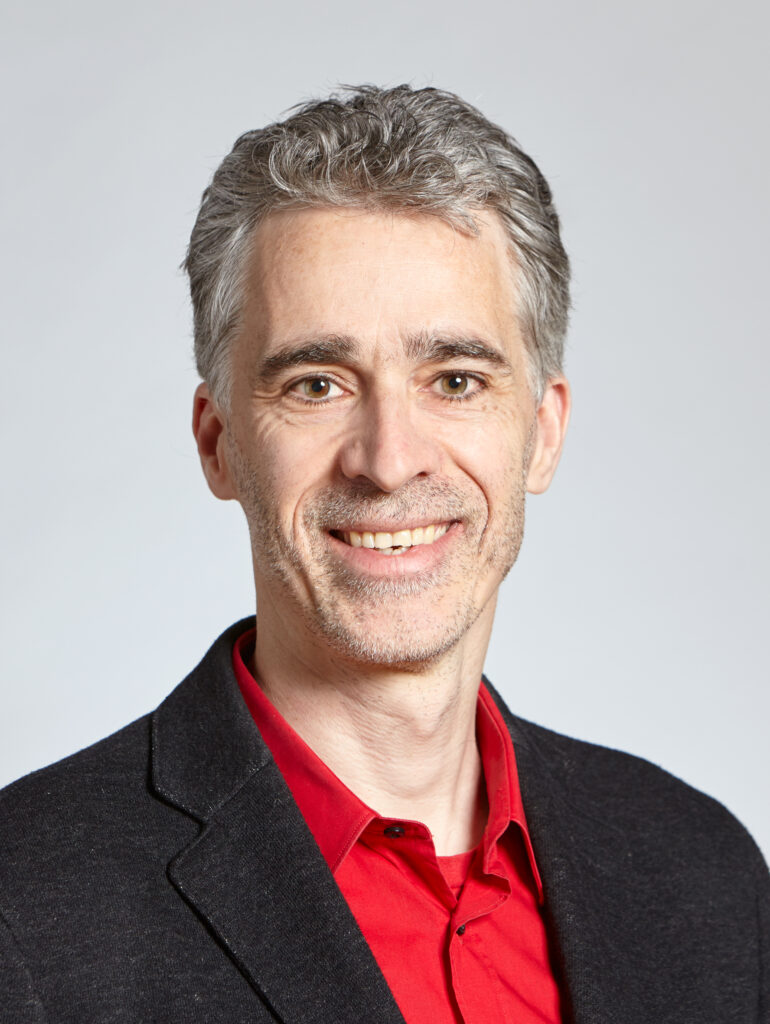
Jeroen van Bokhoven: Catalysts under Pressure
Professor for Heterogeneous Catalysis at Institute for Chemical and Bioengineering ETH Zurich, Switzerland
Head of Laboratory for Catalysis and Sustainable Chemistry (LSK) Swiss Light Source, Paul Scherrer Institute
Jeroen A. van Bokhoven completed a degree in chemistry at Utrecht University (Netherlands) in 1995 and went on to obtain a PhD in inorganic chemistry and catalysis from the same university in 2000 (with honours). From 1999 until 2002 he was head of the XAS (X-ray absorption spectroscopy) users – support group at Utrecht University. In 2002, he moved to the ETH, where he worked as researcher in the group of professor Prins. In 2006 he obtained an SNF assistant professorship in the Department of Chemistry and Applied Biology. He was the 2008 recipient of the Swiss Chemical Society Werner Prize. Since 2010, Jeroen A. van Bokhoven has a Chair in Heterogeneous Catalysis at the Institute for Chemical and Bioengineering at ETH Zurich and is Head of Laboratory for Catalysis and Sustainable Chemistry at Paul Scherrer Institute. Van Bokhoven works in the field of heterogeneous catalysis aiming at producing better catalysts and processes that allow sustainable development. Goal is the determination of structure-performance relationships, which aid the design and construction of better catalysts for cleaner and more efficient processes. His main interests are heterogeneous catalysts and developing advanced tools in X-ray spectroscopy and scattering to study the catalyst structure under catalytic relevant conditions.
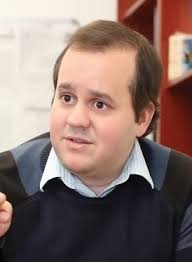
Csaba Janáky: Electrochemical processes for energy conversion: catalysts, electrodes, cells, and systems
Principal Investigator of the Photoelectrochemistry Research Group at the Department of Physical Chemistry and Materials Science at University of Szeged
Csaba Janáky graduated as a chemist (2007) and economist (2009) at the University of Szeged, and obtained his PhD degree (2011) from the same university. He was a Marie Curie was a fellow at the UT Arlington (USA), and his project was selected as one of the program’s success stories. In 2014, with the support of the MTA Momentum Program, he founded a research group at the University of Szeged. He has successfully built up a research group at the border of materials orientated electrochemistry and photoelectrochemistry, which carries out cutting-edge activities in both basic and applied research topics. This is indicated by 90 prestigious publications (full IF>800), 15 patent applications in the past 10 years, as well as foreign (e.g. ERC Starting, Consolidator and Proof-of-Concept Grant) and domestic grants. Fifteen of his papers were highlighted on the covers of prestigious journals (JACS, ACS Energy Letters, Advanced Energy Materials, Advanced Functional Materials, Chemistry of Materials Journal of Physical Chemistry C, Journal of Physical Chemistry Letters, ChemPhysChem). He is a member of several international scientific committees (e.g., ACS Energy Letters Editoral Advisory Board).
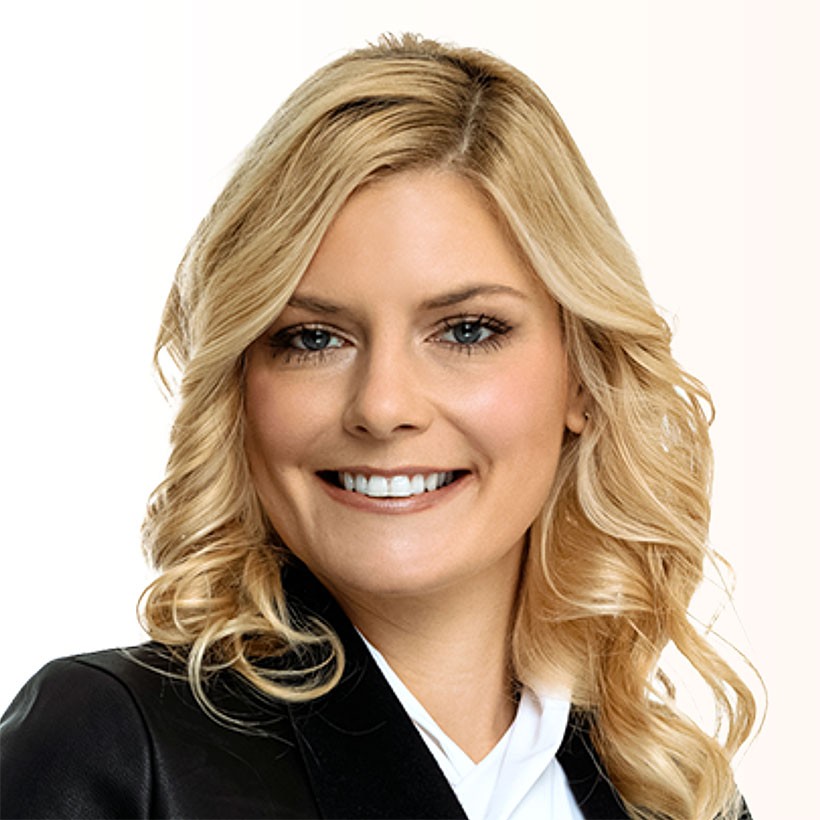
Brigitta Kocsis-M.: Presentation and Pitch – How To Be Convincing in a Short or Even Shorter Time!
Television host, coach, trainer
Academic Journalist Award-winning television host, coach, trainer, former president of the Club of Hungarian Science Journalists. Her main field of expertise is STEM communication and the sphere of innovation and startups. For more than 10 years, she has been working as the editor-host of the weekly science magazine, called Novum in the Hungarian Public Television; acting as a host of events focusing on innovation; conducting career, business, executive and innovation coaching sessions; holding science communication and soft skills trainings.
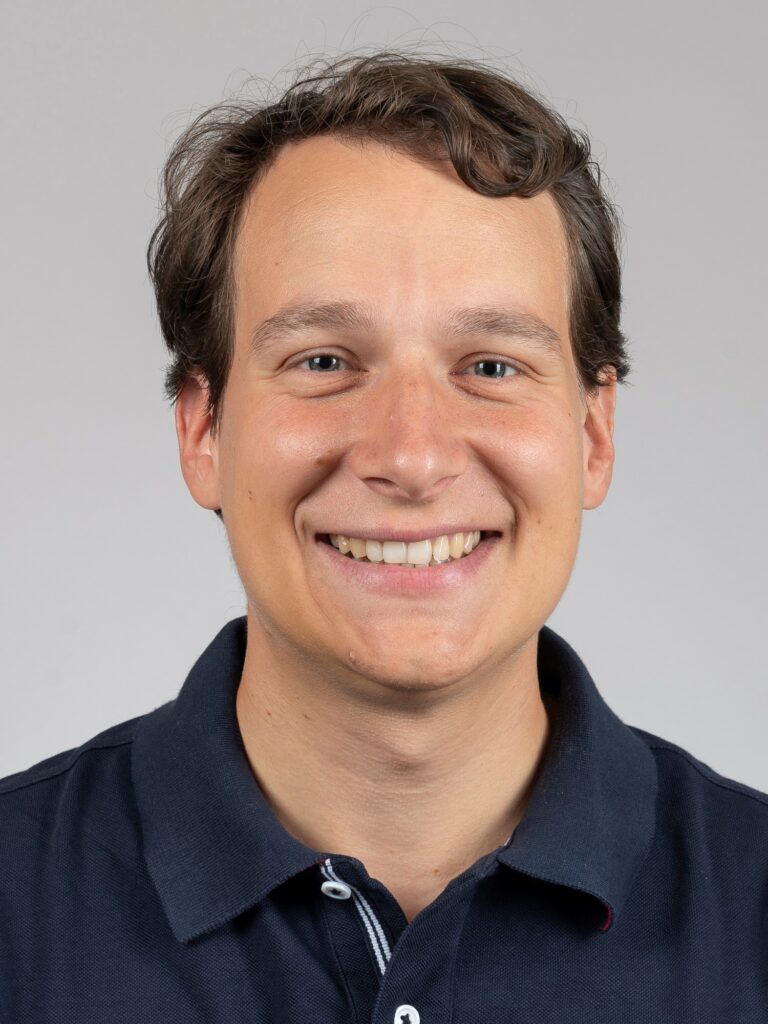
Emanuele Moioli: Catalysis and reaction engineering: A coupling across the scales to enable the energy transition
Associate Professor of Chemical Plants at Politecnico di Milano, Italy – Chairman of the Young European Catalysis Network
Emanuele Moioli is associate professor of chemical plants at politecnico di Milano, Italy, and guest scientist at the Paul Scherrer Institute, Switzerland. He holds a PhD degree in chemical reaction engineering from the FAU Erlangen-Nurnberg. He then moved to Switzerland for postdocs at the EPFL and at PSI. After a couple of years in industry at Hitachi Zosen Inova, he moved back to PSI after obtaining an Ambizione fellowship from the Swiss National Science Foundation. He received several awards for his research in the field of chemical reaction engineering, including the Hanns-Hofmann prize from DECHEMA and the innovation award from Hitachi Zosen Corporation (Japan)
Introduction to the Conference
Fighting climate change, most industrial technologies will not work without heterogeneous catalytic reactions. Understanding the catalytic processes, transferring and developing knowledge is essential. The qst Forum of Young Researchers on Heterogenous Catalysis 2024 (YOURHETCAT 2024) will be organized in Szeged, Hungary on November 14-16, 2024, hosted by the Hungarian Catalysis Society (HCS) with the help of The Secretariat of the Regional Committees of the Hungarian Academy of Sciences at Szeged (MTA SZAB) and the European Federation of Catalysis Societies (EFCATS).
Our main goal is to support and link talented young researchers working in the field of catalysis by organizing a high-quality international event for free of charge without any registration fees.
We are waiting for Graduated and Postgraduated Students, Postdocs as well as Senior Researchers of National and European Catalytic Societies and the Young European Catalysis Network (YEuCAT).
The pre-planned program including 4-6 plenary lectures, 30-50 student presentations, 30-80 posters for the poster session and an extraordinary “pitch” presentation by brave students, a tour of Szeged, coffee breaks, dinners and lunches. This year we are focusing also soft skills as applying and getting funds, scientific communication and connection with media and industry. We will make a tour to show our Energy Innovation Teststation includig a closed loop of renewable from solar energy harvesting through electrolysis to production of liquid e-fuels at the Greenovation Center of University of Szeged as well as the system of the ELI-ALPS Laser Infrastructure.
After our succes at the 1st YOURHETCAT 2022 meeting, we are expecting ~100 young researchers and more Senior Researchers from all over Europe and the World, trusting in the exchange of experience, knowledge transfer and the creation of new cooperation opportunities, building networks, which will lead to the strong connection of International catalysis research.
All the presented works can be published in a special issue of Reaction Kinetics, Mechanisms and Catalysis journal (IF = 2.081)
Topics
Porous Materials in Catalysis
Characterization Methods and Surface Science in Catalysis
AI and Computational Research of Heterogeneous Catalysis
Photo-, and Electrocatalysis
Chemicals for Energy Applications
Biomass- and CO2-derives Utilizations
Registration fees : The conference participation with coffee breaks and other catering will be free of charge
Poster Session (15th of November – 12:00 – 14:00 (19:00))
| P 1 – Haythem Suliman Basheer: Electronic Synergy of Ni & Ni₂P in Mimicking Pt for CO Selectivity in the Reverse Water-Gas Shift Reaction |
| P 2 – Subha Palanivel: Valorizing biomass waste glycerol to fuel additive at room temperature using a nanostructured mixed oxide catalyst |
| P 3 – Rohit Rangnath Nikam: Biomass carbon-assisted soft oxidative dehydrogenation of ethylbenzene to styrene via CO2 as soft oxidant |
| P 4 – Sahima Tabasum: Graphitic carbon nitride(g-C3N4)/ZnO perovskite-based interface for sustainable decontamination of Pollutants from wastewater using Visible-light driven photo-catalysis |
| P 5 – Yuting Shi: Ceria-alumina based hydrogenation/dehydrogenation catalysts for LOHC systems |
| P 6 – Shoaib Mukhtar: Synthesis of metal sulfide/g-C3N4 nanocomposite for photocatalytic degradation of organic pollutant under visible light |
| P 7 – Anna Rejzková: Reactivity of various monoterpenic alcohols under acid-catalyzed condition in alkyl acetates |
| P 8 – Dr. Mahitha Udayakumar: Bismuth oxychloride microcrystals decorated carbon foam derived from waste polyurethane elastomer for enhanced removal of methylene blue |
| P 9 – Cagdas Yavuz: Photocatalytically active CdS decorated spherical and plate-like TiO2 |
| P 10 – Ivan Abilio: Comparative analyzes of tip tilting of CO-terminated tips on experimental and simulated STM setups |
| P 11 – Walaa Mohamed Abd El-Gawad: Utilization of cutting-edge, cost-effective nanocomposites with outstanding anticorrosive properties in waterborne coatings |
| P 12 – Doaa Samir Abd El-Rehim Mahmoud: Evaluating the sustainability of holding glass fiber in natural rubber for various industrial applications |
| P 13 – Rajib Kumar Singha: Na-Fe3O4 catalyst for CO2 hydrogenation to produce C5+ liquid fuels: Impact of catalyst pretreatment conditions |
| P 14 – Astha Shukla: Scale-up of catalyst and their activities for CO2 activation towards C5+ fuels |
| P 15 – Ákos Szamosvölgyi: PtCo Alloy Nanoparticles for Stable Reverse Water Gas Shift Activation of CO2 |
| P 16 – Salvatore Donato: An integrated approach for biomass waste valorization: bio-chemicals extraction and fuel production by catalytic gasification under supercritical water |
| P 17 – John W. Makokha: Investigating Particle Size Effect on Thermal Mechanical Properties of Ceramic Composites: Empirical Design of SiC Milling Energy Map |
| P 18 – Kata Lipták: Exploring MoVWNbO x Mixed Oxides for Enhanced Fuel Cell Catalysts |
| P 19 – Saheed Abiola Raheem: 3D-iron-copper nanostructure electrocatalyst for nitrate reduction to ammonia |
| P 20 – Henrik Fülöp: In-situ Investigation of the Coordination Polymer-Derived Ag Catalyst Formation Mechanism |
| P 21 – Aicha Elaouni: Photocatalytic Hydrogenation of Carbon Dioxide on Flower-like 3D Bi2WO6 |
| P 22 – Henrik Bali: Zn content, Si/Al ratio and proximity of the active sites regulate the synthesis of C5+ isoalkanes via CO2 hydrogenation over FeZnCeO2/HZSM-5 composite catalyst |
| P 23 – Anastasiia Efremova: Unravelling synergistic effects in the Pt/MexOy system to drive ambient pressure CO2 reduction |
| P 24 – Ádám Papp: Insights into the effect of promoters on iron-based catalyst in direct CO2 hydrogenation |
| P 25 – Arvin Taghizadeh Tabrizi: Electrochemical Nitrate Reduction Performance of Vanadium-oxide Electrocatalysts |
| P 26 – Amirreza Mashtizadeh: Enhanced Electrochemical Hydrogen Storage on V2O3-3D Graphene Nanocomposite: A Hydrothermal Synthesis Approach for Clean Energy Applications |
| P 27 – Leonard Atzl: Partial oxidation of methane to syngas on perovskite catalysts |
| P 28 – Carolin C. Rieg: Advanced characterization methods for coke deposits on Ni-Mo/Al2O3 and Ni/Al2O3 extrudates for the catalytic upgrading of fast pyrolysis bio-oil |
The Conference Centre
The conference will be held in the Secretariat of the Regional Committees of the Hungarian Academy of Sciences at Szeged in the heart of Szeged very next to our famous Church, the Dóm at the Dóm Square. The beautiful, Classicist Style Centre built in the 1860s is fully equipped with modern needs and spacious conference and ballot rooms as well as rooms for accomodations.
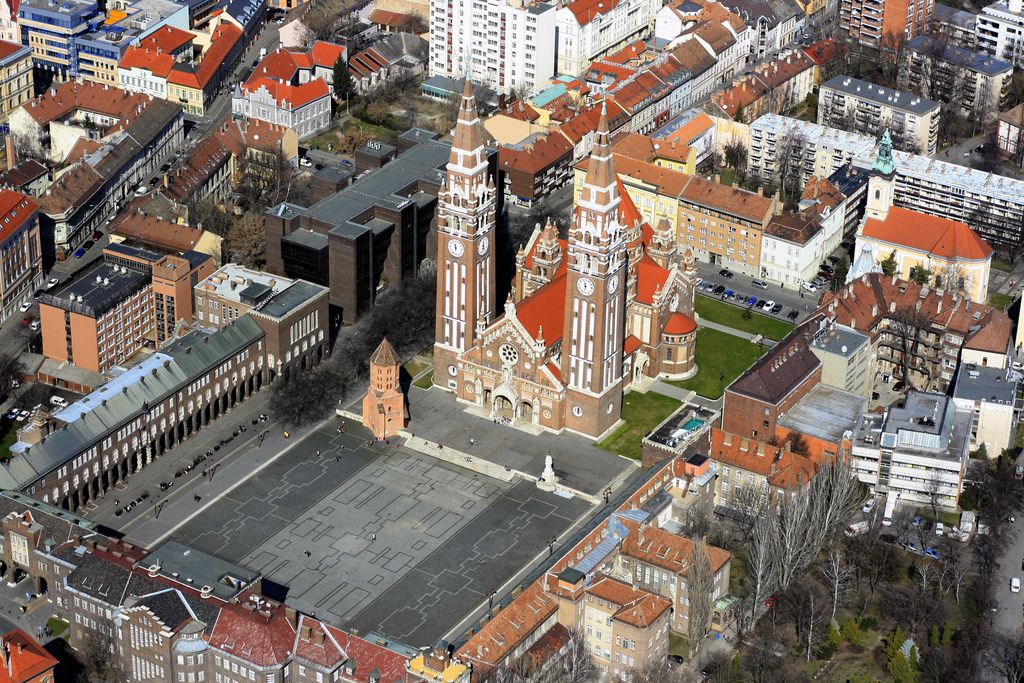
Accommodation
Couple of Rooms at the Conference Centre is available
https://tab.mta.hu/szegedi-teruleti-bizottsag/szobafoglalas/
- Art Hotel
- Mozart Hotel
- Dóm Hotel
- More accommodations can be found at booking.com and Airbnb.com
Travel
Szeged is 170 kms away from Budapest, the capital of Hungary
From Budapest Airport to the Ferihegy railway station in Budapest
The planes land at Terminal A or B; they are of walking distance from each other, and serviced by the same bus stop, and taxi ranks.
The closest train station to Budapest Airport is Ferihegy station, with trains operating to and from the Nyugati railway station in Budapest. From this station there are direct train connections to Szeged.
Please check for the timetable on the site https://www.mavcsoport.hu/en (departure is Ferihegy destination is Szeged). We recommend the IC trains which runs every hour.
From the airport you can easily reach Ferihegy railway station by public transport or taxi.
Public transport
Bus 200E takes you to the Ferihegy station (5th stop from Liszt Ferenc Airport 2 station, please get off at Ferihegy vasútállomás station).
Tickets can be bought in advance at the airport terminals, kiosks, vending machines (they are frequently out of order), and they are valid for all kinds of transportation. Buying them in tens or twenties is cheaper (they are called “gyűjtő”). Tickets can be bought on the vehicles (except on metro trains), but they are more expensive than buying them in advance.
From the Nyugati railway station to Szeged
Szeged is serviced by trains in every hour. The duration of the trip is 2 h 22 min. The trains are so-called mixed trains. The last two or three coaches are called intercity coaches and seat reservation is required beside the regular ticket (which must be bought in advance, e.g. at the ticket office of the station). For the other coaches there is no seat reservation, but an extra so-called fast-train ticket has to be bought together with the regular ticket (complicated is it not?). Nevertheless, the intercity coaches (thus seat reservation) is recommended.
It is possible to check the time table on the internet. Go to https://www.mavcsoport.hu/en, and choose information in English. We recommend the IC trains. There are some trains listed there beside the mentioned ones; do not take them, they are very slow, occasionally, the trip may last for more than 10 hours.
From Szeged railway station to the Institute of Chemisty (Dóm square & Rerrich Béla square), take tram 1 or 2 (or the so-called „tram train” heading to „Hódmezővásárhely”). Get off at „Aradi vértanúk tere”. Since our venue is quite close to the railway station, it is also easy to access the location by a short, 10-15 minutes walk via the avenue linking the station with the city center (called „Boldogasszony sugárút”). Tickets can be bought in advance (at the exit, downstairs) or on the tram (although it is more expensive there), in tens (gyűjtő) it is cheaper.
Getting to Szeged by car
From Budapest Airport The airport is serviced by many of the major car rental companies. Any kind of car can be ordered even on the internet. Starting from the airport, follow the Szeged and/or M5 sign. First, you get on M0 (the outer ring motorway). Keep following the Szeged and/or M5 sign, and after about 15-20 minutes you will be led to M5 (motorway 5), and choose Szeged as the direction. Depending on your speed (and traffic) it takes about one and half hour to get to Szeged. There are two exits to Szeged, both are good. For moving in the city and finding the hotel and the conference venue, you should check the map of Szeged, available on the internet. Note that Szeged is not a huge city, the street structure is a ring-avenue system. There are two rings and all avenues go to the city centre. For visual navigation, look for the twin towers of the cathedral, they are well seen almost from everywhere.
Arriving from the direction of Vienna (Austria) Use M1, then M0 near Budapest following the Szeged and/or M5 sign. Keep doing this, while you are on M0, and you will be led to M5 towards Szeged. From there, please, see above.
From the direction of Bratislava (Slovakia) Use M15(E75), then M1, and for the rest, please, see above.
From the direction Košice (Slovakia) Use M30(E71), then M3 towards Budapest, then M31, then M0, and for the rest, please, see above.
From the direction of Ukraine Use M3 towards Budapest, and for the rest, please, see above.
From the direction of Oradea (Romania) Use 42(E60) until you arrive at Berettyóújfalu, then take route 47 towards Szeged.
From the direction of Arad (Romania) Use M43, and enter the city at any exits. For the street-structure of Szeged, please, see above.
From the direction of Novi Sad (Serbia) Use M5, and exit at Szeged. For more details concerning exits and the street structure of Szeged, please, see above.
From the direction of Zagreb (Croatia) Use M7 towards Budapest, then M0 following the sign of Szeged and/or M5. For the rest, please, see above.
From the direction of Slovenia Use M70 towards Nagykanizsa/Budapest, then M7 towards Budapest. For the rest, please, see above.
From the direction of Graz (Austria) Use route 8 (E66) towards Budapest, then take M0 following the sign of Szeged or M5. For the rest, please, see above.
Attention! The motorways are tollways. Electronic tickets must be bought. This should be done at the closest gas station to the border or online. There are several varieties, they can be valid for a week, a month, etc., of course, the prices vary with the length of validity.
Regulations and Restrictions
- Before coming to Hungary, please read informations at https://konzuliszolgalat.kormany.hu/en
- Informations and regulations could be changing anytime. Please check your Country’s Consulate and/or Hungarian Consulate informations about travelling to Hungary restrictions and rules.
- YOURHETCAT 2024 is following the rule of The Hungarian Academy of Sciences as well as the rules of the Venue Center and Hungarian law of 77/2022. (III.4.)
If you have any questions or needs, please contact:
András Sápi, sapia@chem.u-szeged.hu, +36-30-325-00-21
József Pap, pap.jozsef@ek.hun-ren.hu